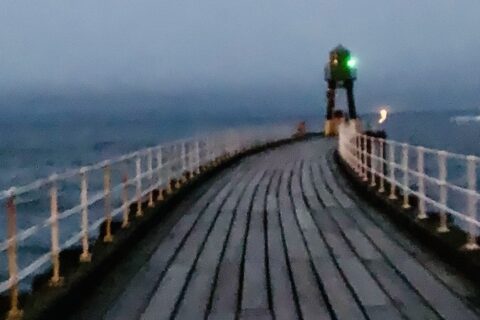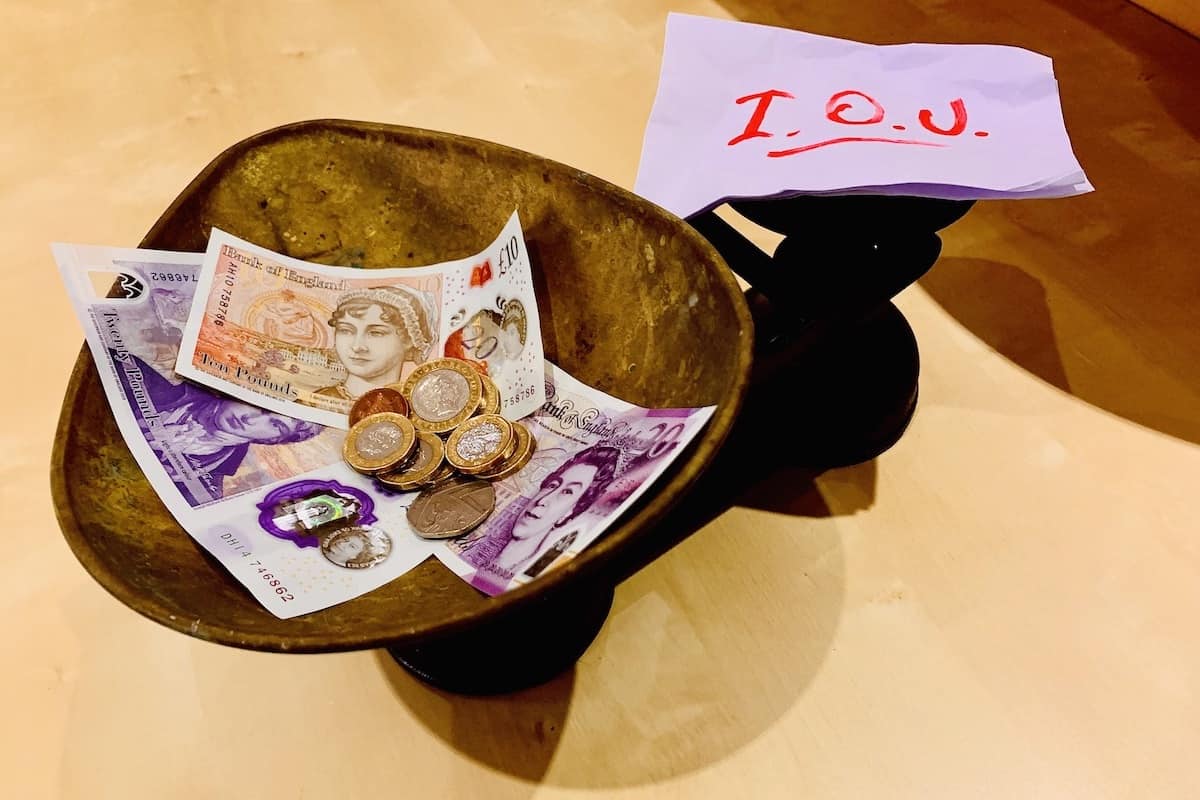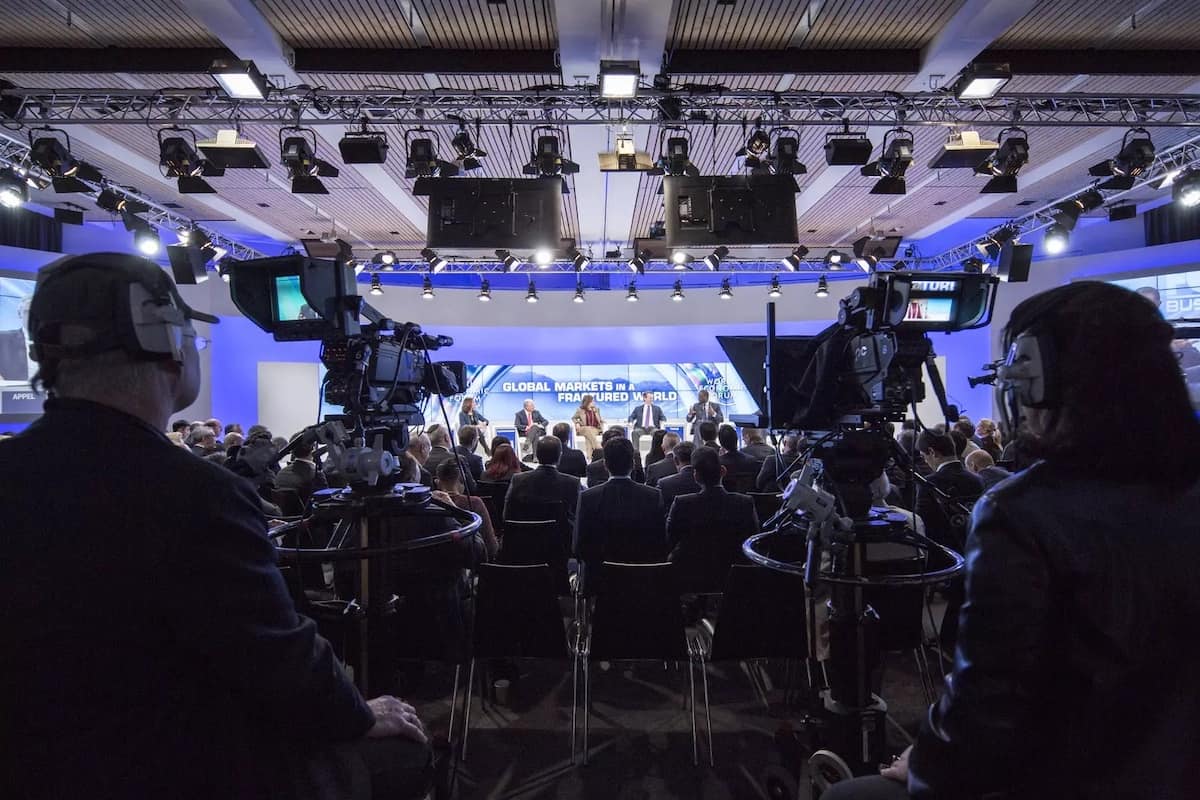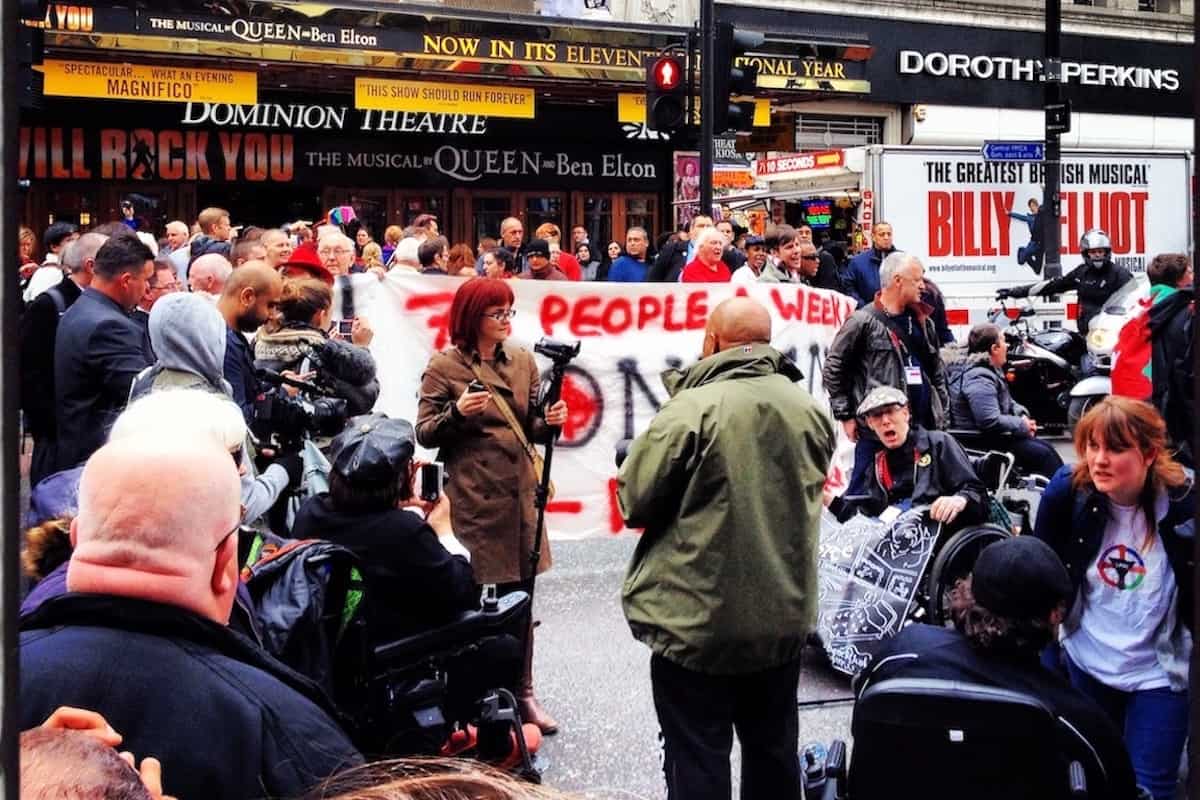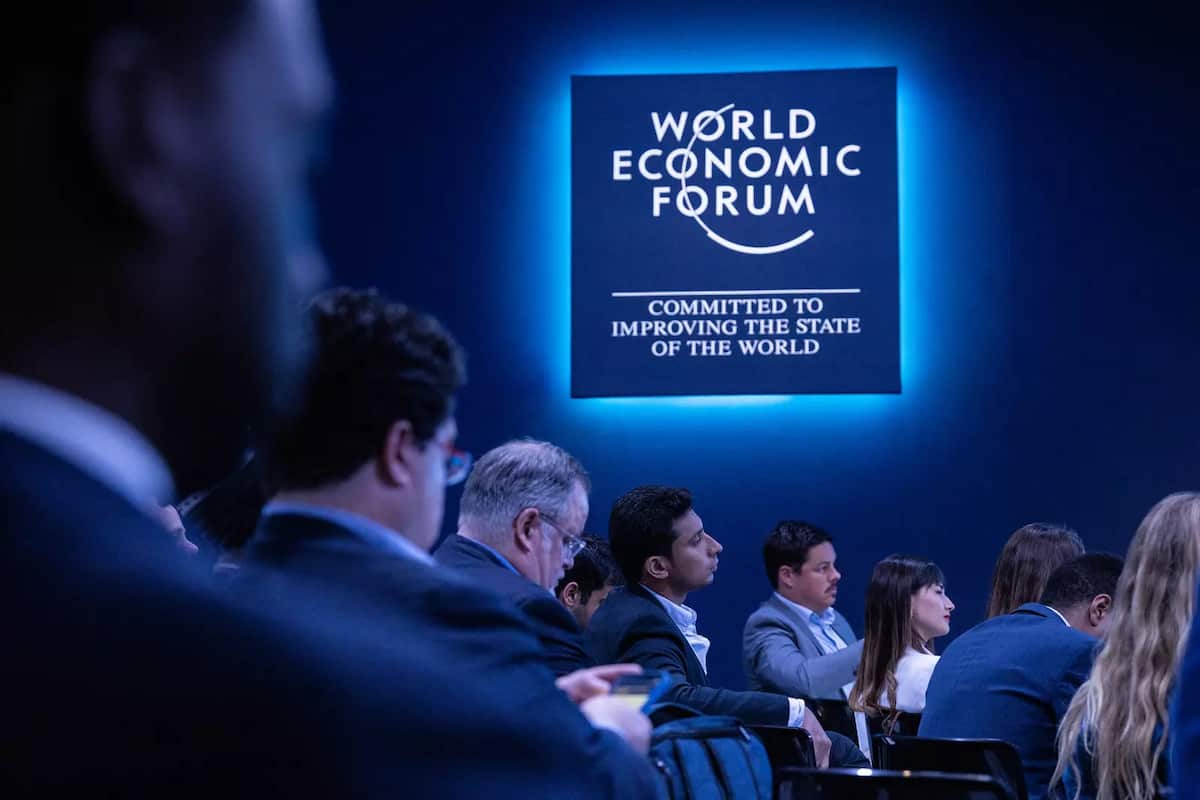Currently on the rise in corporate culture: A Rebel with a Cause, a way with words and a Boardroom backer; a Connective; a social engineer, piping up the basement to the penthouse; closing loops and opening minds, a demand teacher, supply-chain matchmaker and resource broker; a stock-market gardener and investment left-banker; a weaver of intellectual weft and warp; a brain-foodie, part shrink, part chef; a cartographic novelist, text therapist and ram-raider of the lost art of communication; a post-industrial chemist, fluent in business Esperanto and opposed to acts of mindless biolence…
Ladies and Gentlemen, please allow me to introduce… the Eco-Warrior Poet.

Poet? Now before we set off down the wrong track, I don’t mean ‘poet’ in a literal sense – I’m not advocating an in-house rhymester, some Pam Ayres on the payroll; a sensitive soul wandering “lonely as a cloud” through the Legal Department to deliver a haiku to M&A. Although, thinking about it…
No, the ‘poets’ I’m describing here act like a managerial competence-to-performance artist, or a shopfloor creative, capable of breaking up into bite-size pieces the endless continuum of principles, policy, and practice, that represents the whole vast repository of potential for (more) sustainable development. Their insights and articulation provide snatches of an intelligibility for our time. They are the storytellers of Sustainability. The stories make sense. The world makes more sense. They connect. They are themselves Connectives. Generation-S.
Coherence and connectivity
Now, whilst there are those with religious, spiritual and personal beliefs that support a view of life on earth as inherently intentioned, there are many others who might subscribe to a perspective on the planet more akin to that expressed by the American philosopher, Nelson Goodman:
“Coherence is a characteristic of descriptions, not of the world: The significant question is not whether the world is coherent, but whether our account of it is.”
In short, it’s not just a matter of what we say, but how we say it. In our account, there exists a dynamic interrelationship between form and function, and nowhere more so than in the approach of the poet. So, what is it about the poetic use of language that can serve to raise phrases, images and so concepts, up out of the gloomy gloop of everyday prose, to shine and illuminate, to beam broadly and enlighten, so providing visions of coherence?
What is Poetry?
Literary critic Roman Jakobson – who rather stylishly described poetry as “organised violence committed on ordinary speech” – drew on the seminal work of the Godfather of Structuralism, Ferdinand de Saussure, to distinguish two axial dimensions of language:
• the ‘message’, which represents the particular combination of constituent parts (sentences, words, phonemes, etc) in any given utterance; and
• the ‘code’, which is the repository of all possible constituent parts.
In other words, the ‘message’ function is about combination; the ‘code’ about selection.
According to Jakobson, what poetic use of language does is that it “projects the principle of equivalence from the axis of selection onto the axis of combination”. It’s about connectivity. Poets connect, establishing ‘equivalences’ by way of such as sound, stress, rhythm and rhyme. They weave patterns. Poets make lateral meta-level connections, some of which may appear to deepen existing discursive, referential bonds, whilst others create new, original, fresh conceptual associations. They employ non-linear techniques such as metaphor, analogy and ambiguity. Their route is full of curves, twists and tangents.
Theirs is a sideways dynamic.
Ultimately, given the infinite number of possibilities available to them for ‘selection’, it is the particular force of ‘combination’ that cements the foundations of coherence for a poet. It’s all in the mix.
A poet is a Connective.
Poets and Sustainability
So what’s this got to do with Sustainability?
Everything. Sustainability is all about connectivity and coherence. At an intellectual level, it’s all about the poetry of existence. At a commercial level, it’s getting competitive.
In the 21st century, we, the sustainability-literate Connectives, are being challenged and charged with the demand for what Noam Chomsky famously called “rule-governed creativity”. Accordingly, as entry-level awareness and acceptance of sustainability matters and exponents goes mainstream, as competence is commonplace, excellence and originality become prized. Star players command attention. Generation-S is in high demand.
The time of the Eco-Warrior Poet has arrived.
Author: Jim McClelland

